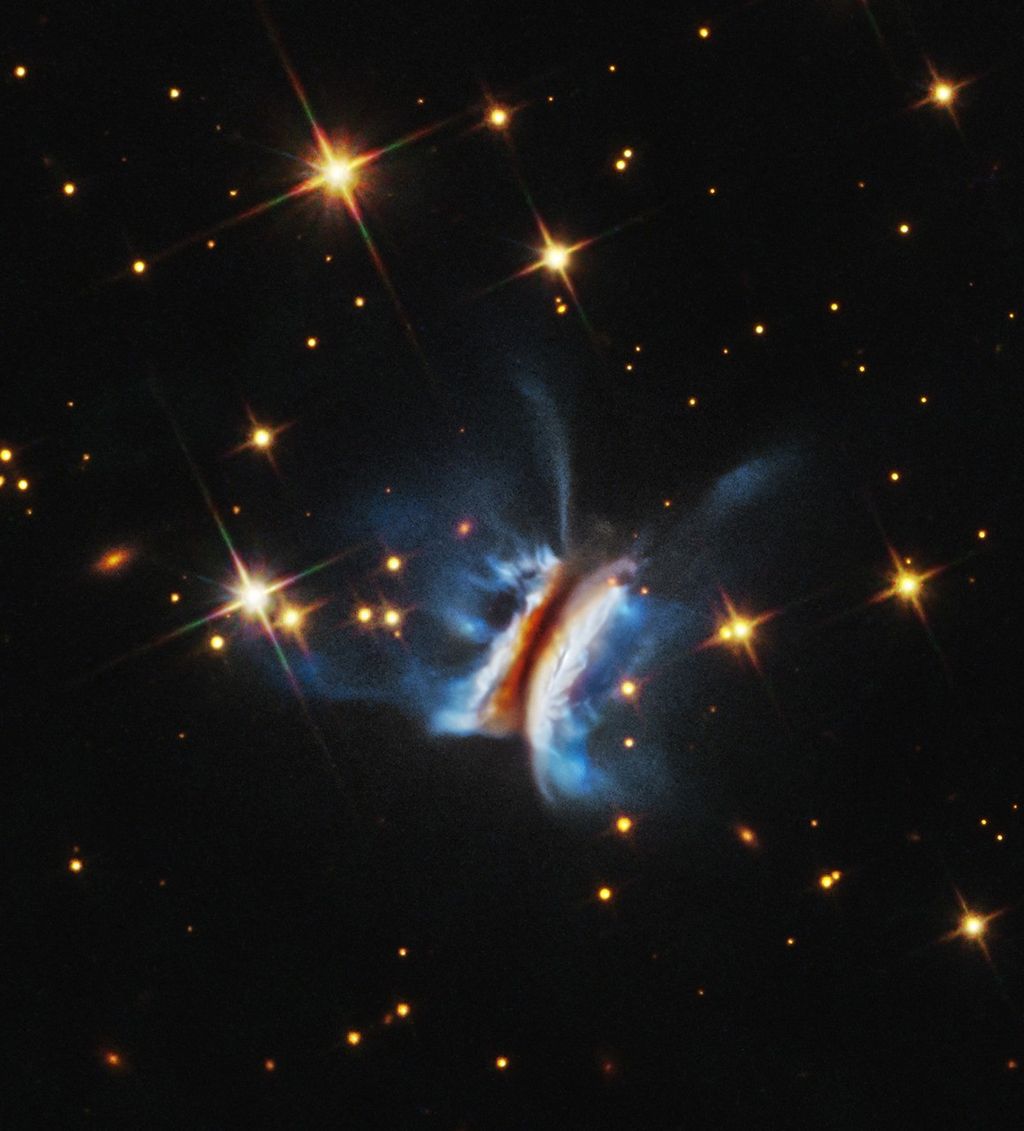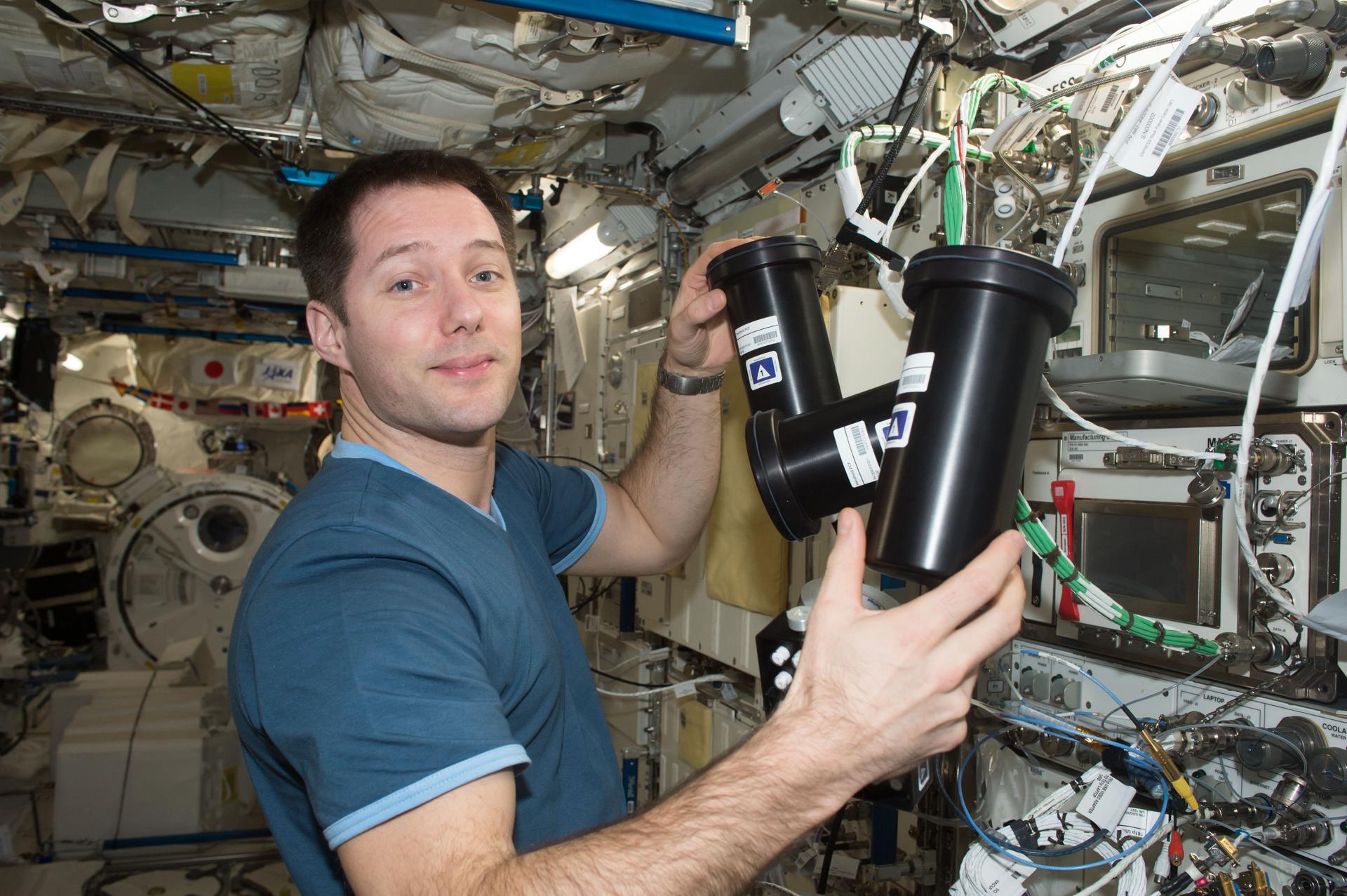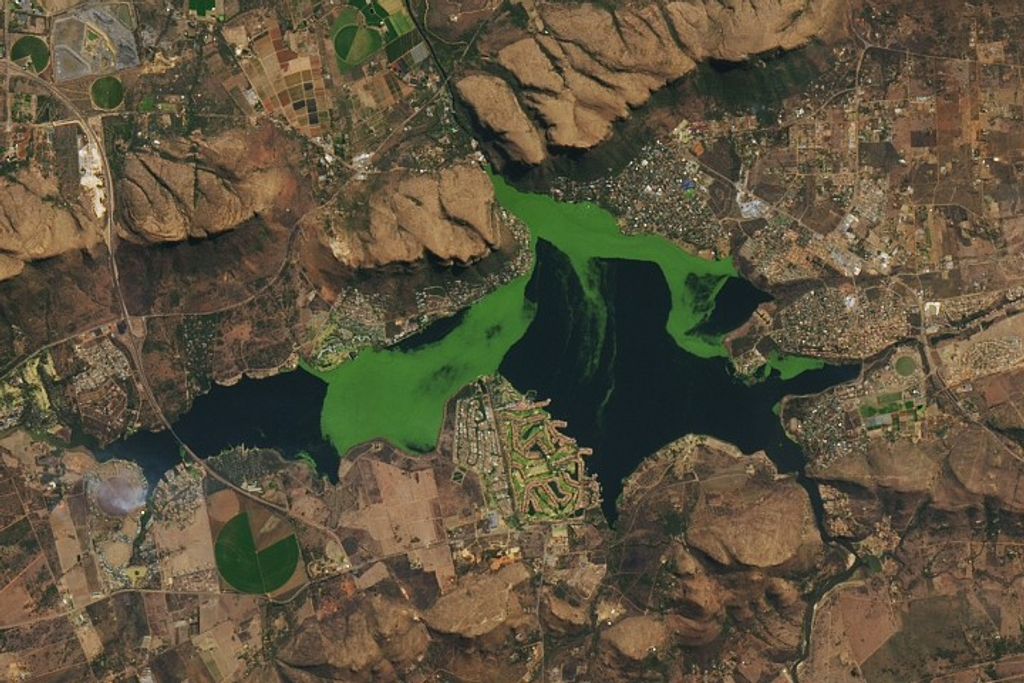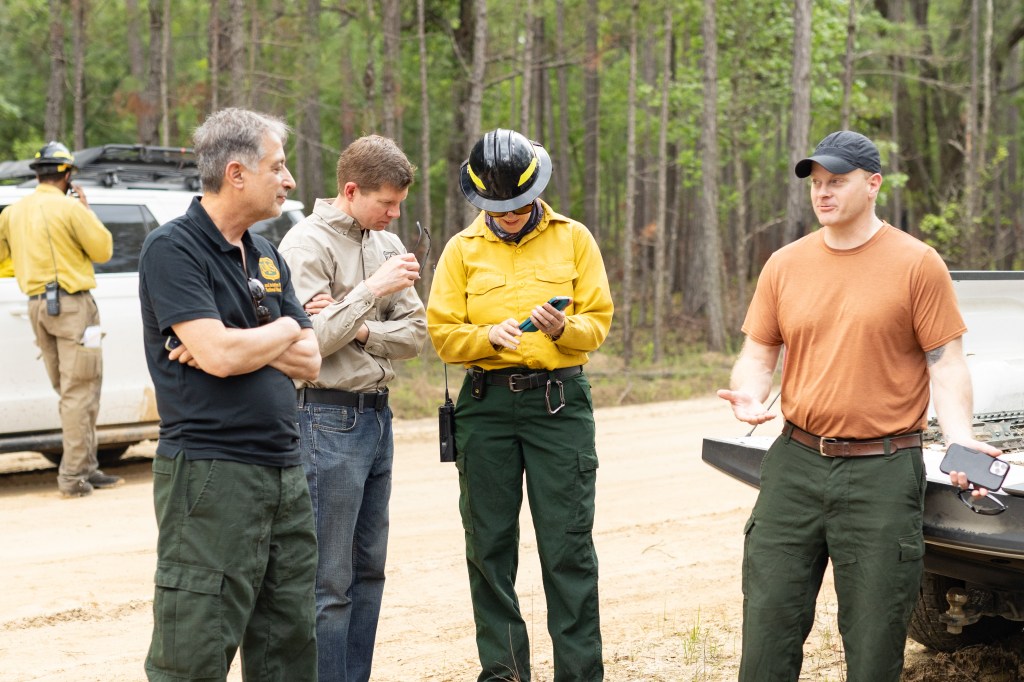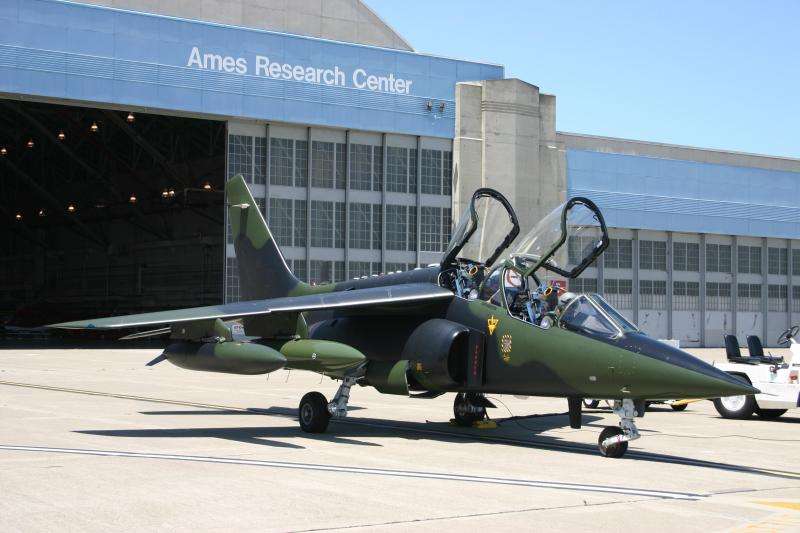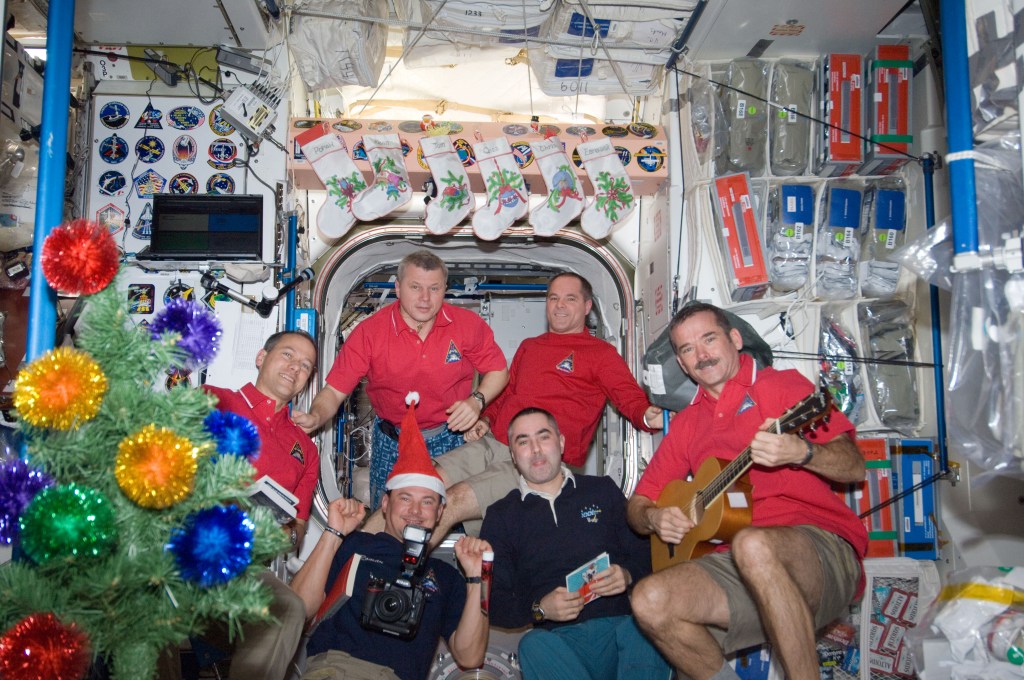What is Flight Safety?
A closer look at what Flight Safety encompasses:
Flight Safety encompasses all pre-launch, flight, and post-launch safety activities that pertain to the flight of a vehicle after it is launched. It is a philosophy and methodology whereby flight operations can be performed in a reasonable and timely manner without unneeded risk to people, property, NASA, or the United States Government.
The range at WFF is used quite frequently for all types of scientific missions, so Flight Safety is a key part of the success and integrity of each mission. Flight Safety has the responsibility to ensure mission activities from preparation through operation and post-operations; both for mission launched from the range here at WFF and for those supported off range.
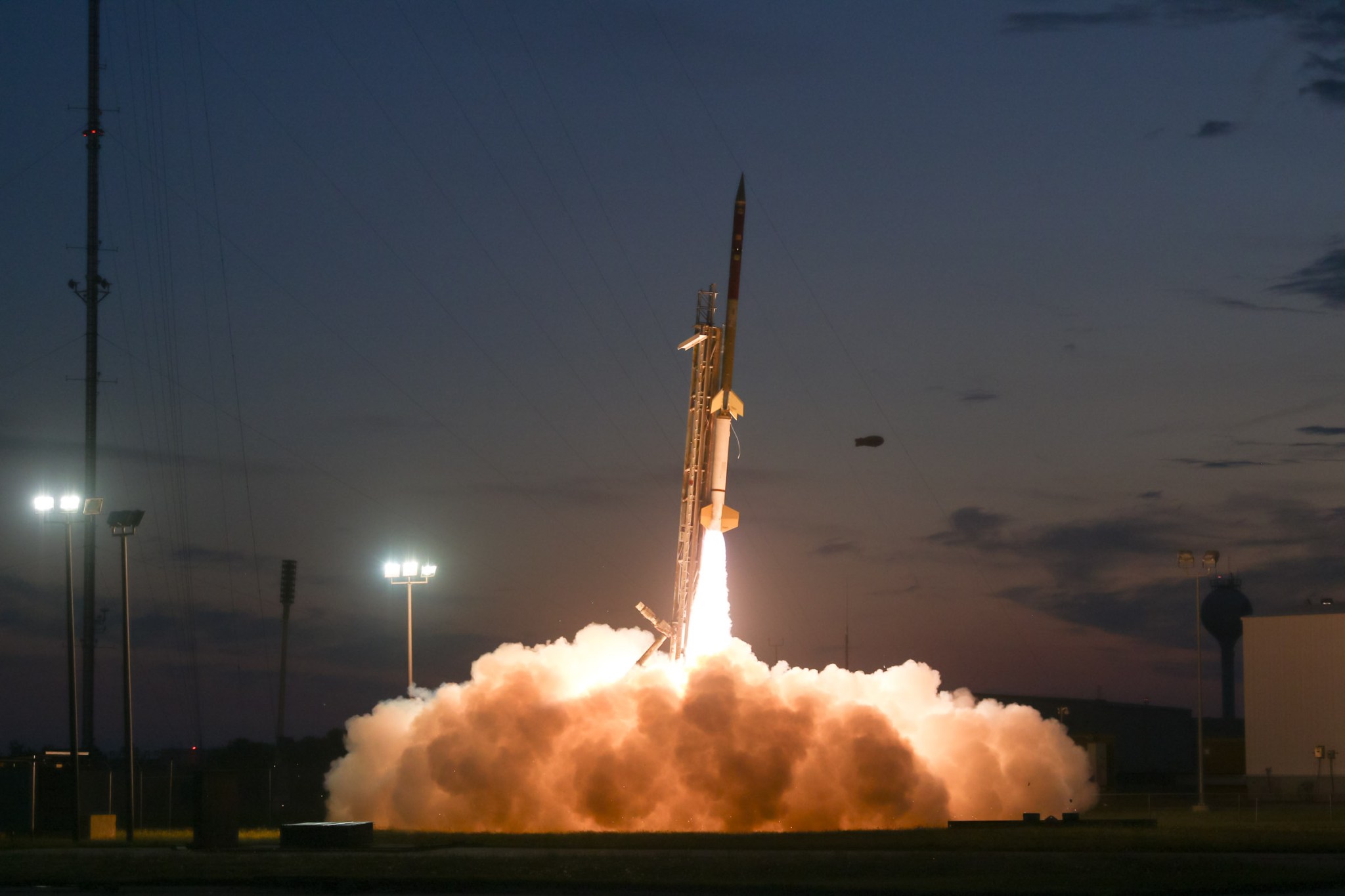
Typical Flight Safety Operations
– Mission Risk Assessment: Evaluating potential hazards during flight operations
– Weather Monitoring: Assessing weather conditions that could affect flight safety
– Flight Rules Development: Creating safety parameters and operational constraints
– Contingency Planning: Developing procedures for emergency scenarios
– Anomaly Investigation: Analyzing safety incidents or close calls
NASA System Wide Flight Safety Project
Captain Dan Kiggins is joined by Dr. Kyle Ellis and Chad Stephens from the System-Wide Safety Project to discuss NASA’s vision for the future of automation in aviation.
See more



